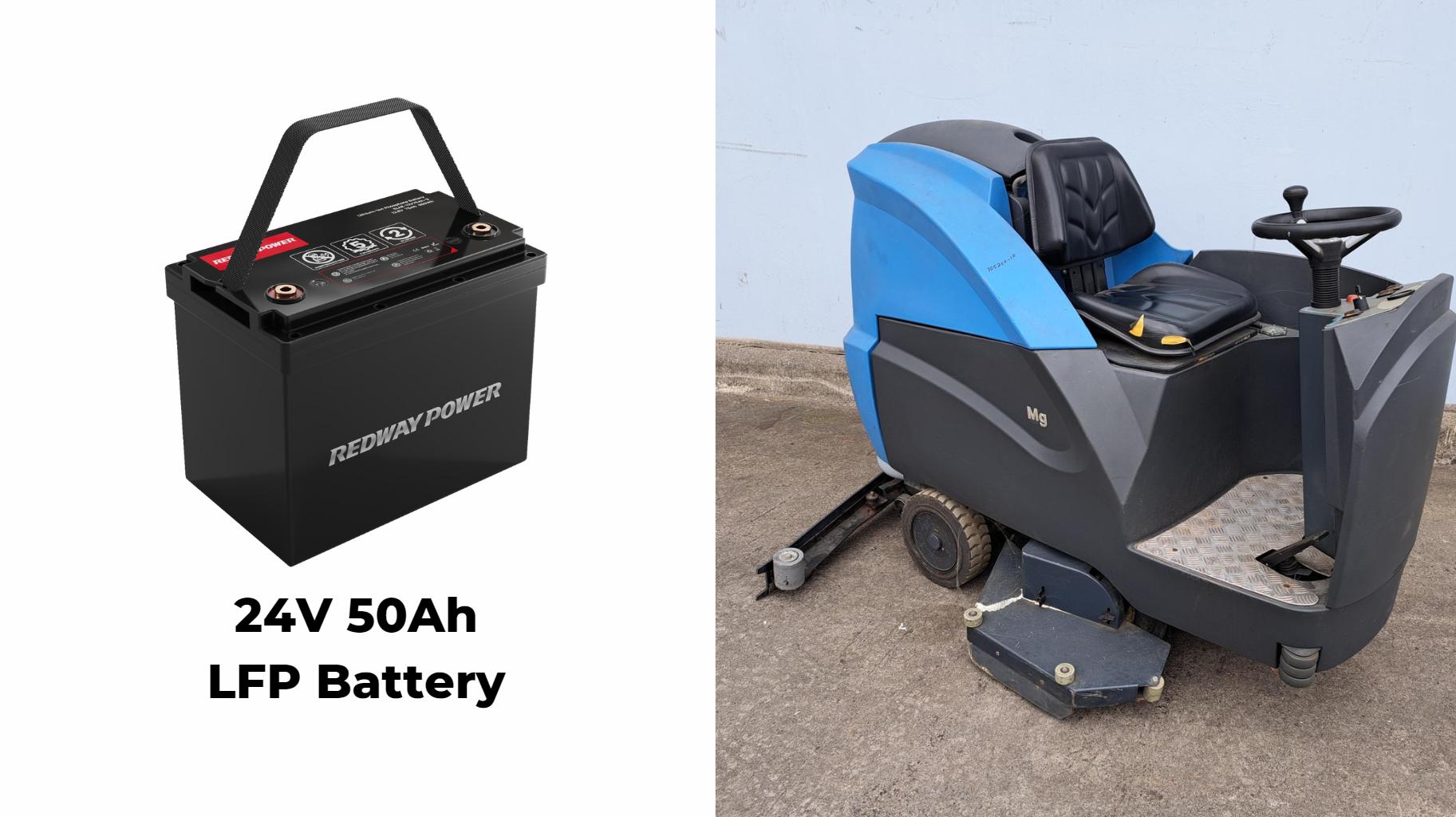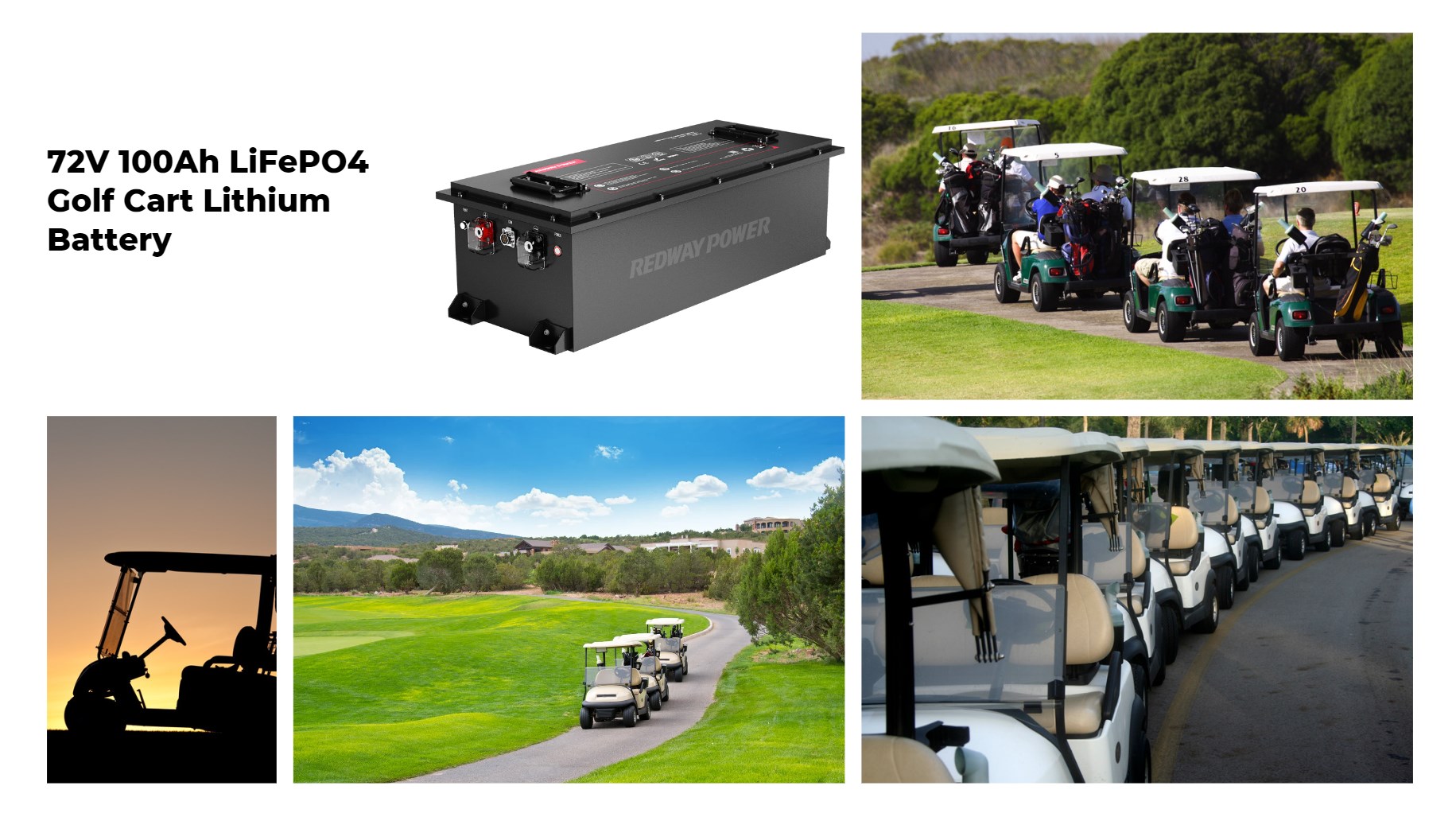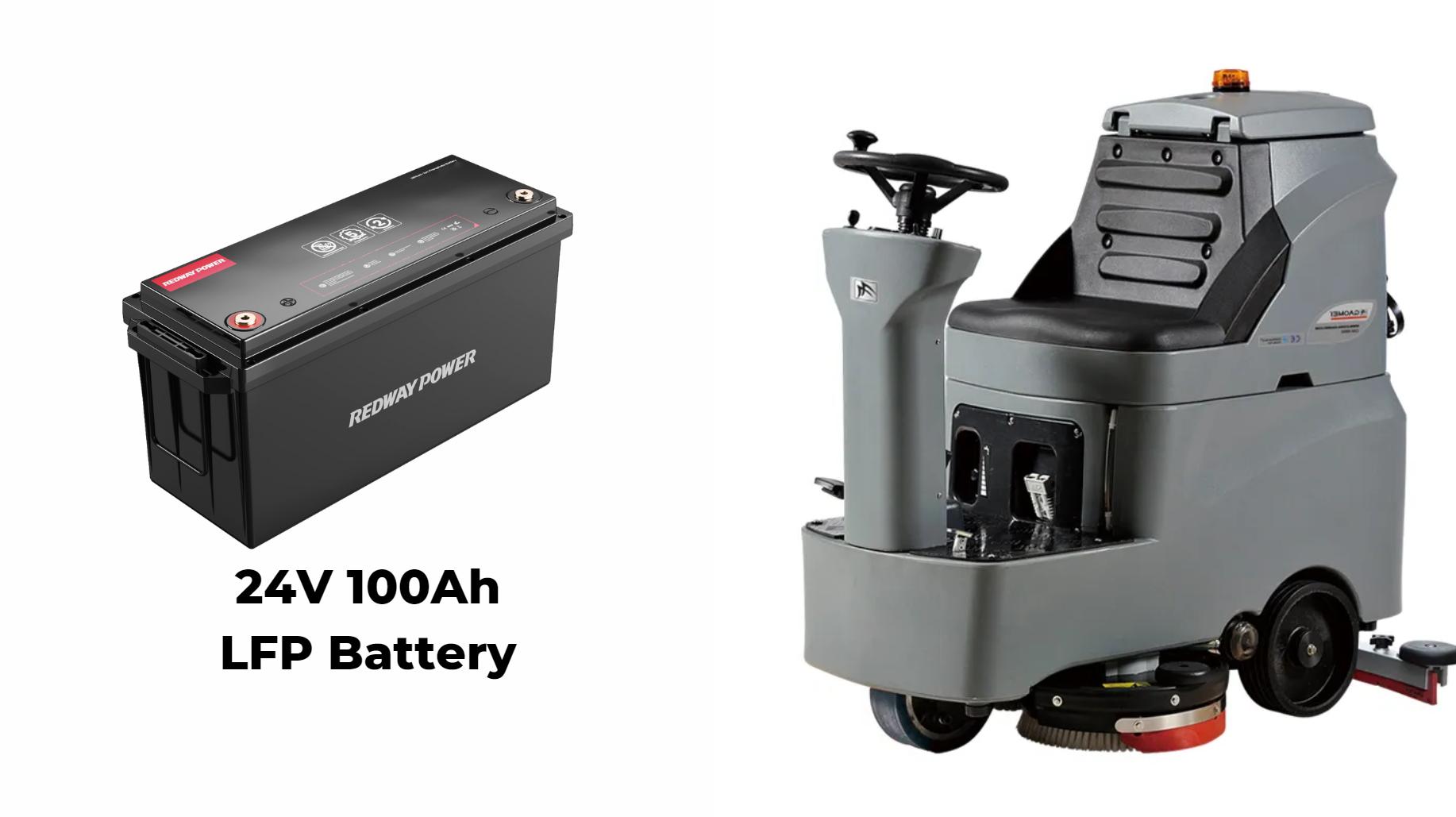What Emerging Trends Are Shaping the Future of Floor Cleaning with LiFePO4 Battery Technology?
Emerging trends include increased adoption of IoT integration, enabling real-time monitoring and data analytics for cleaning efficiency. Additionally, advancements in battery management systems enhance energy efficiency and extend battery life, while sustainability concerns drive the shift toward eco-friendly LiFePO4 batteries, which offer longer lifespans and reduced environmental impact.
In the rapidly evolving world of commercial cleaning, Lithium Iron Phosphate (LiFePO4) battery technology is at the forefront of innovation. Over the past 12 years, Redway Battery has dedicated itself to producing high-quality LiFePO4 batteries, particularly tailored for floor cleaning machines. As industries adapt to new technologies and sustainability goals, several emerging trends are reshaping how we approach floor cleaning. This article explores these trends, highlighting how LiFePO4 technology is revolutionizing the cleaning landscape.
1. Increased Focus on Sustainability
Sustainability is no longer just a trend; it’s a necessity. As businesses seek to minimize their environmental impact, the demand for eco-friendly cleaning solutions has surged. LiFePO4 batteries offer a sustainable alternative to traditional lead-acid batteries. They have a longer lifespan, reducing waste and the need for frequent replacements. Furthermore, the efficiency of LiFePO4 batteries leads to lower energy consumption during operation, aligning with the global push for greener practices in commercial settings.
2. Integration of Smart Technology
The rise of smart technology is transforming floor cleaning operations. Advanced IoT-enabled LiFePO4 battery systems allow for real-time monitoring and management of battery performance. Cleaning machines equipped with smart sensors can provide data on battery levels, usage patterns, and maintenance needs. This data-driven approach enables operators to optimize cleaning schedules, ensuring machines are charged during non-peak hours and effectively reducing operational downtime.
3. Enhanced Battery Performance
As battery technology continues to advance, the performance of LiFePO4 batteries has significantly improved. These batteries now offer higher energy density, meaning they can store more energy in a smaller footprint. This enhancement allows for longer operational periods between charges, enabling cleaning crews to tackle larger areas without interruptions. The improved discharge rates also mean that machines can operate effectively even in demanding conditions, making them ideal for various commercial environments.
4. Customization and Versatility
Customization is key in today’s cleaning market. Redway Battery provides tailored solutions for floor cleaning machines, allowing businesses to choose battery configurations that best suit their operational needs. Whether for a compact floor scrubber or a large industrial cleaner, our custom lithium battery solutions cater to diverse requirements. This versatility ensures that companies can find the right balance between performance, size, and capacity, optimizing their cleaning operations.
5. Improved Safety Features
Safety remains a paramount concern in any industrial setting. LiFePO4 batteries are inherently safer than traditional battery technologies. They are less prone to overheating and do not release harmful gases, making them suitable for indoor use. Furthermore, many modern LiFePO4 systems come equipped with advanced Battery Management Systems (BMS) that monitor temperature, voltage, and current, providing additional layers of safety. This focus on safety allows businesses to operate their cleaning equipment with confidence.
6. Cost Efficiency and Long-Term Savings
While the initial investment in LiFePO4 battery technology may be higher than traditional options, the long-term savings are undeniable. The durability and efficiency of LiFePO4 batteries lead to reduced maintenance costs and fewer replacements over time. Companies can save significantly on operational costs, thanks to decreased energy consumption and extended battery life. As the market for floor cleaning evolves, businesses are increasingly recognizing the cost benefits associated with investing in quality battery technology.
7. Growing Demand for Autonomous Cleaning Solutions
The shift towards autonomous cleaning solutions is gaining momentum. As businesses seek to enhance efficiency and reduce labor costs, the integration of autonomous machines powered by LiFePO4 batteries becomes crucial. These machines can operate continuously, navigating spaces and cleaning effectively without human intervention. The reliability of LiFePO4 batteries ensures that these machines can run longer, making them a valuable asset in maintaining cleanliness in large facilities.
8. Innovations in Battery Charging Technology
Charging technologies are also advancing, with innovations like opportunity charging making waves in the industry. This method allows for charging machines during brief periods of inactivity, optimizing battery usage and minimizing downtime. The ability to quickly charge LiFePO4 batteries ensures that cleaning equipment is always ready for action, enhancing productivity across various commercial environments.
9. Expansion of Market Applications
The applications for LiFePO4 batteries are expanding beyond traditional floor cleaning machines. Industries such as healthcare, hospitality, and manufacturing are increasingly adopting these batteries for various cleaning equipment. The versatility and reliability of LiFePO4 technology make it suitable for a wide range of applications, providing businesses with the flexibility to scale their operations effectively.
10. Stronger Regulatory Frameworks
As environmental regulations become stricter, companies are under pressure to adopt greener technologies. LiFePO4 batteries comply with many environmental standards, making them an attractive option for businesses aiming to meet regulatory requirements. The shift towards more sustainable cleaning solutions aligns with governmental and organizational goals, reinforcing the trend towards the adoption of LiFePO4 technology.
Latest News
- Increased Adoption: Companies are increasingly integrating LiFePO4 batteries into floor cleaning equipment, enhancing efficiency and reducing downtime.
- Sustainability Focus: The shift towards eco-friendly cleaning solutions is driving demand for batteries that minimize environmental impact.
- Technological Integration: Innovations in battery management systems are improving performance metrics, allowing for longer run times and faster charging.
Redway Expert Comment
The integration of LiFePO4 battery technology in floor cleaning equipment marks a significant advancement in the industry. These batteries not only provide longer operational times but also align with the growing emphasis on sustainability. Their lightweight nature and high energy density make them ideal for cleaning applications where efficiency is critical. As an expert in lithium technologies, I advocate for continued investment in these solutions to enhance performance while supporting eco-friendly practices.
Conclusion
The future of floor cleaning is undeniably tied to the advancements in Lithium Iron Phosphate battery technology. As the industry continues to embrace sustainability, smart technology, and enhanced safety features, LiFePO4 batteries stand out as a superior choice for commercial cleaning applications. At Redway Battery, we remain committed to providing high-quality, custom battery solutions that meet the evolving needs of our customers. By investing in LiFePO4 technology, businesses can revolutionize their cleaning operations, ensuring efficiency and sustainability in a competitive landscape.
For tailored lithium battery solutions for your floor cleaning machines, contact Redway Battery today for a quick quote and discover how we can help you achieve your cleaning goals.
















